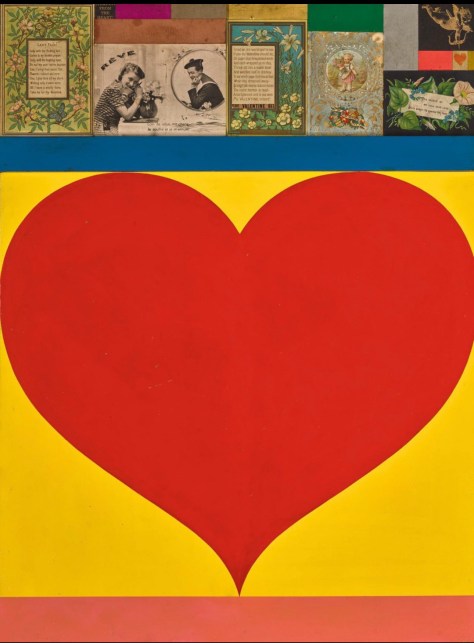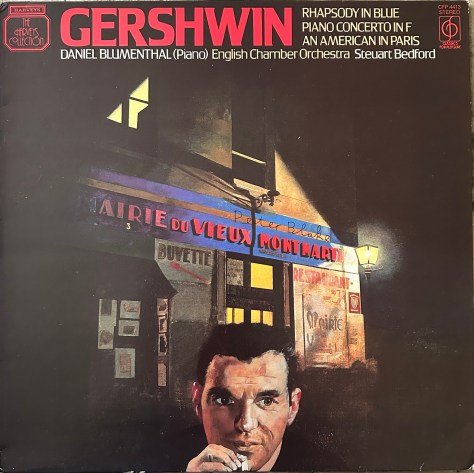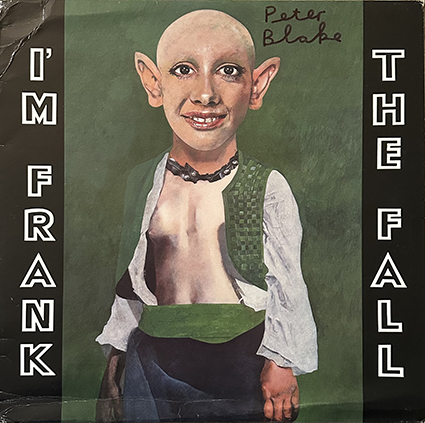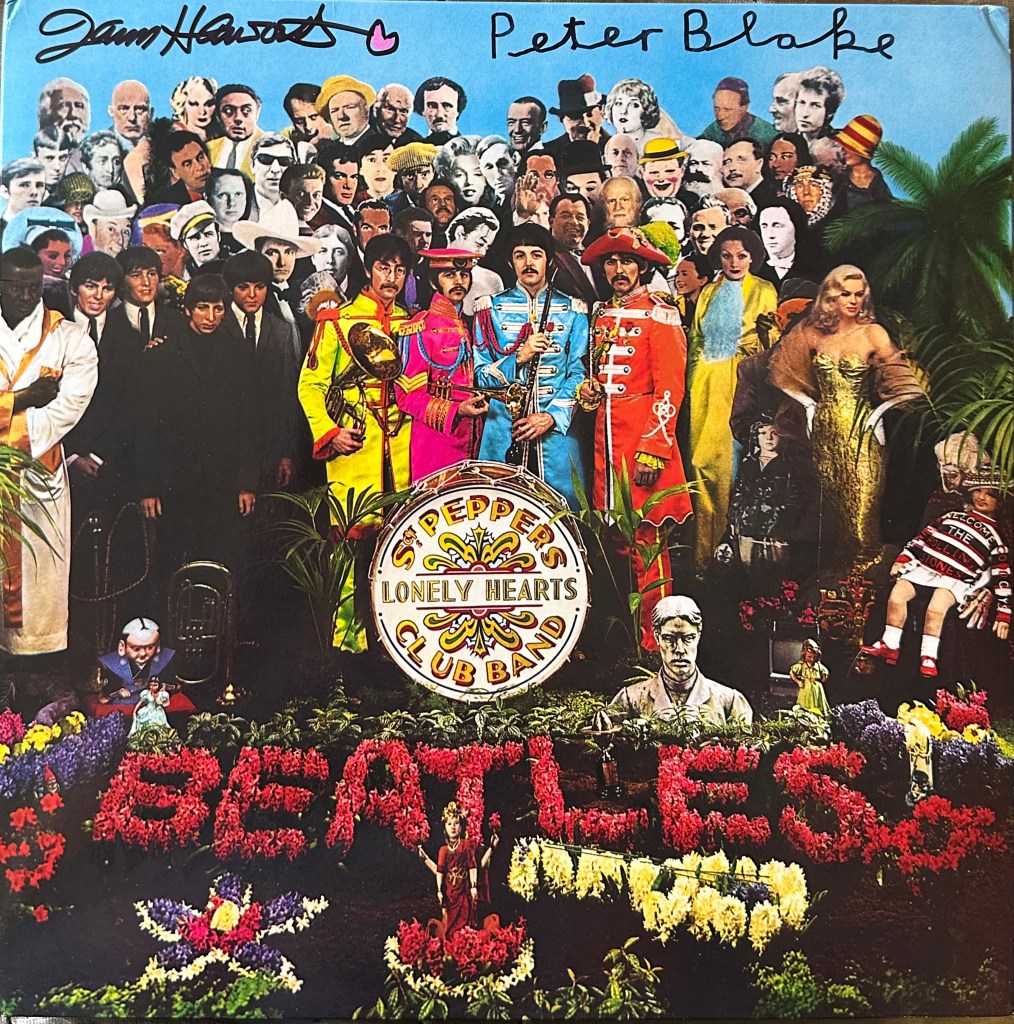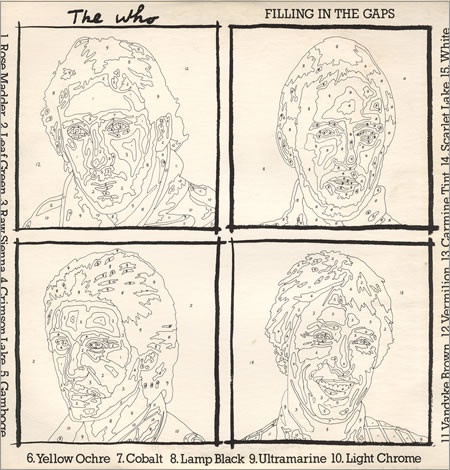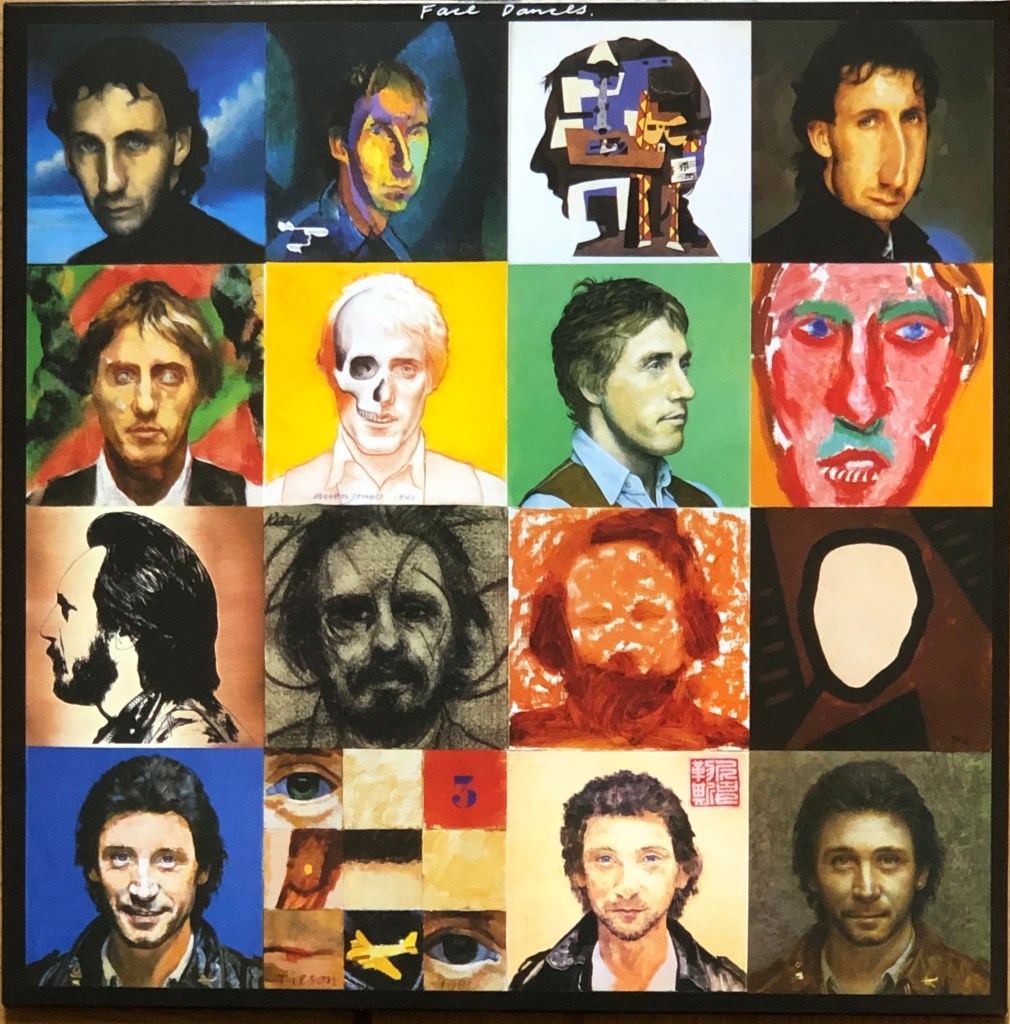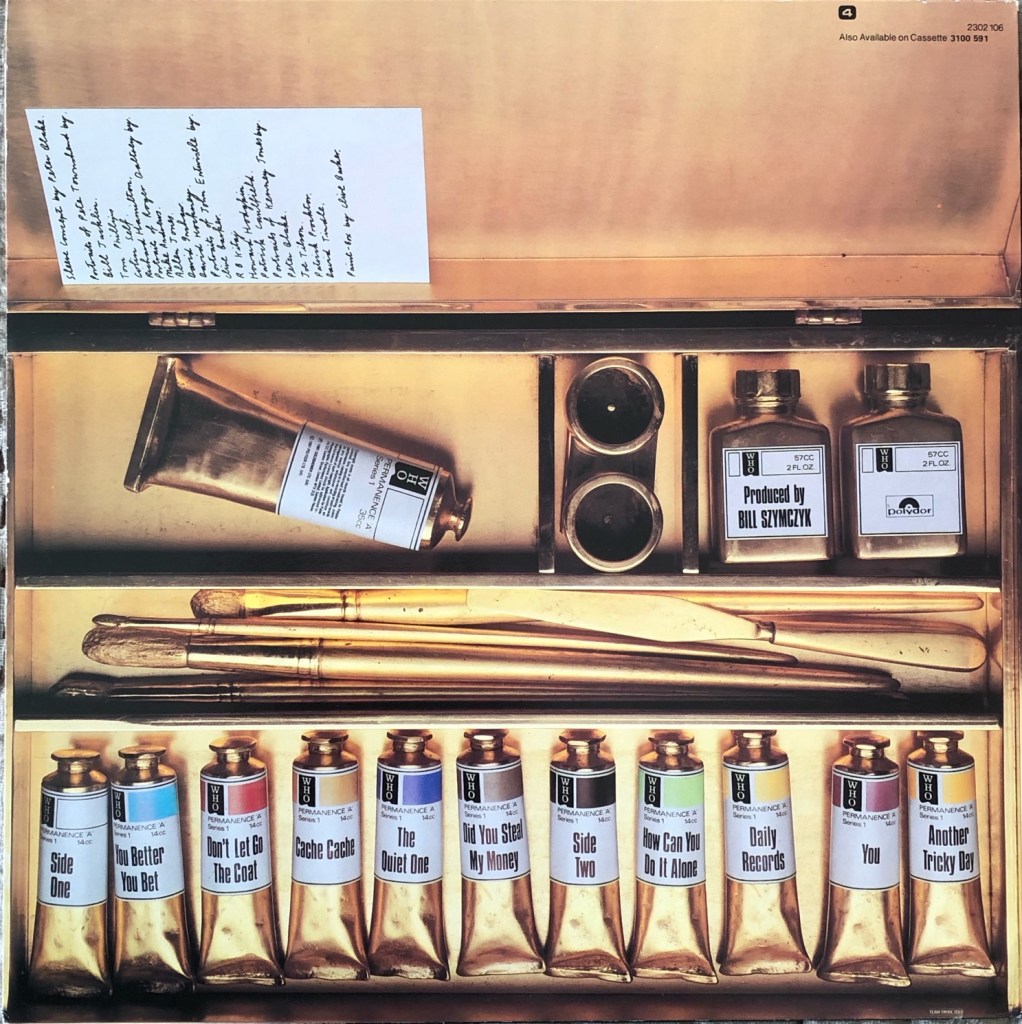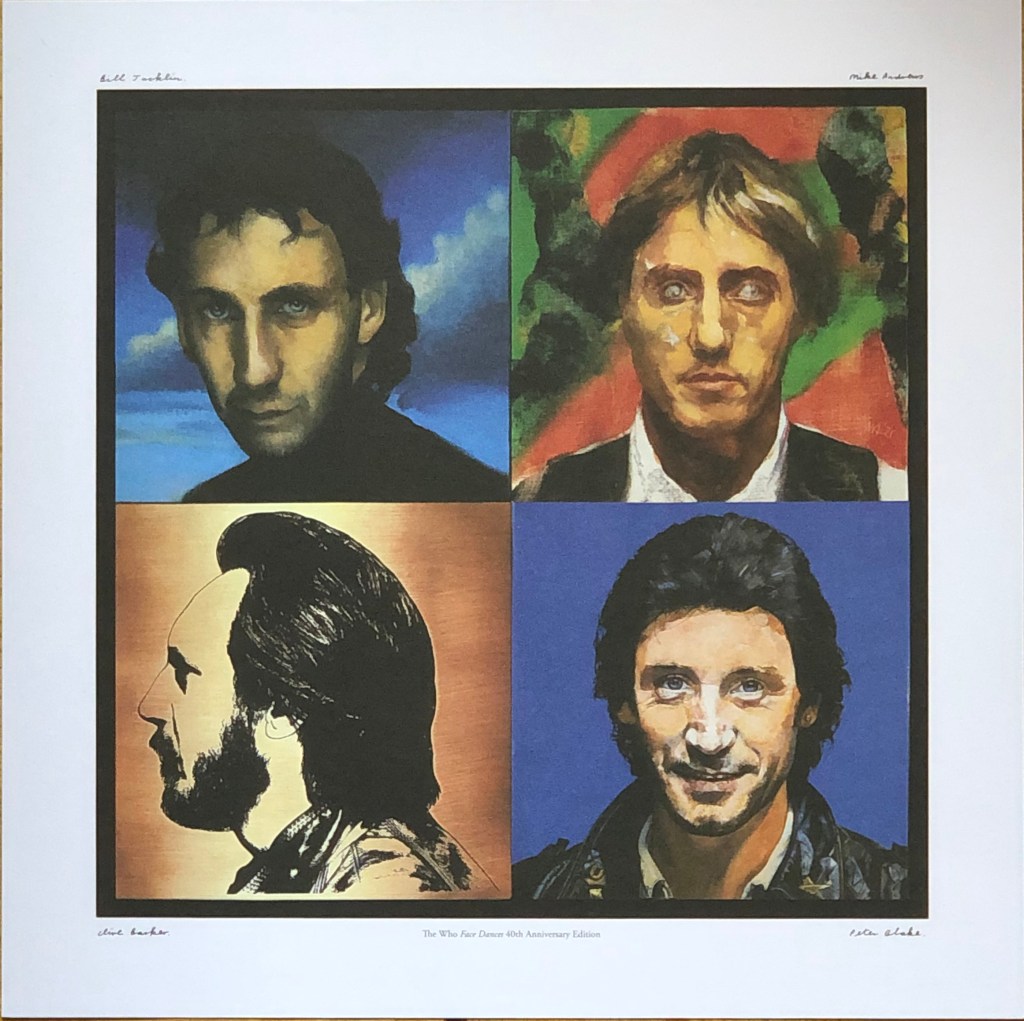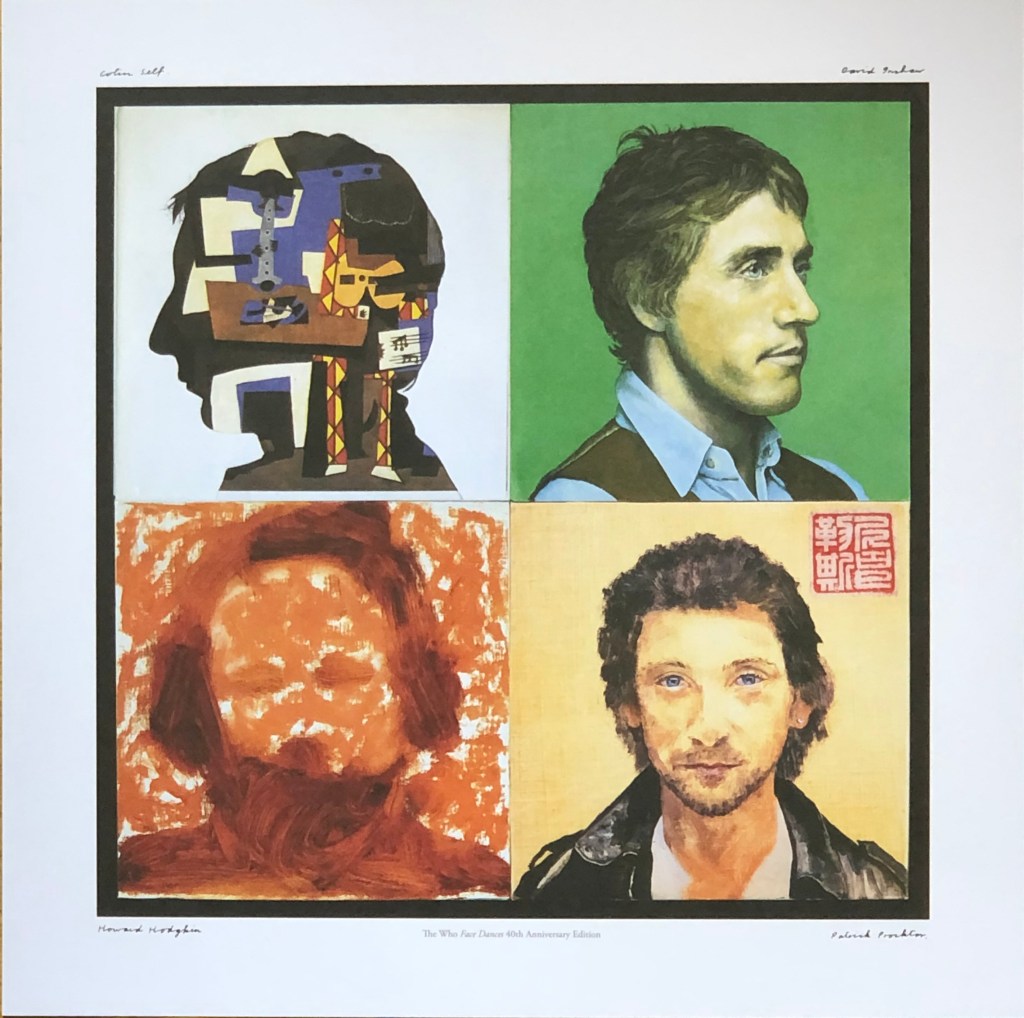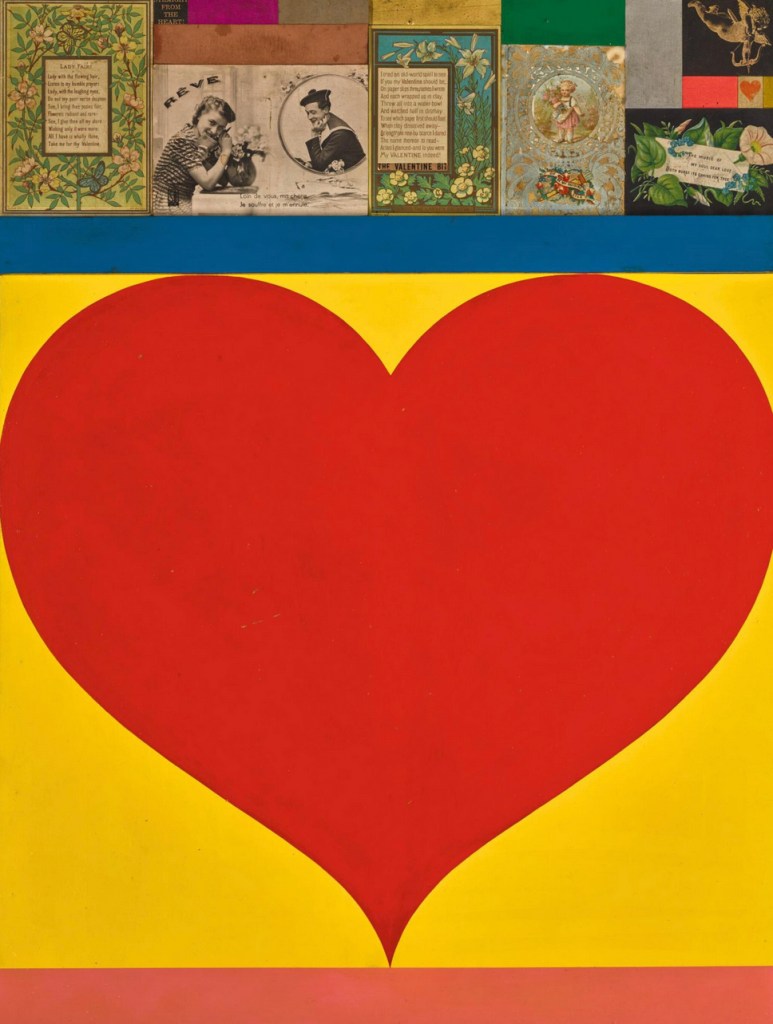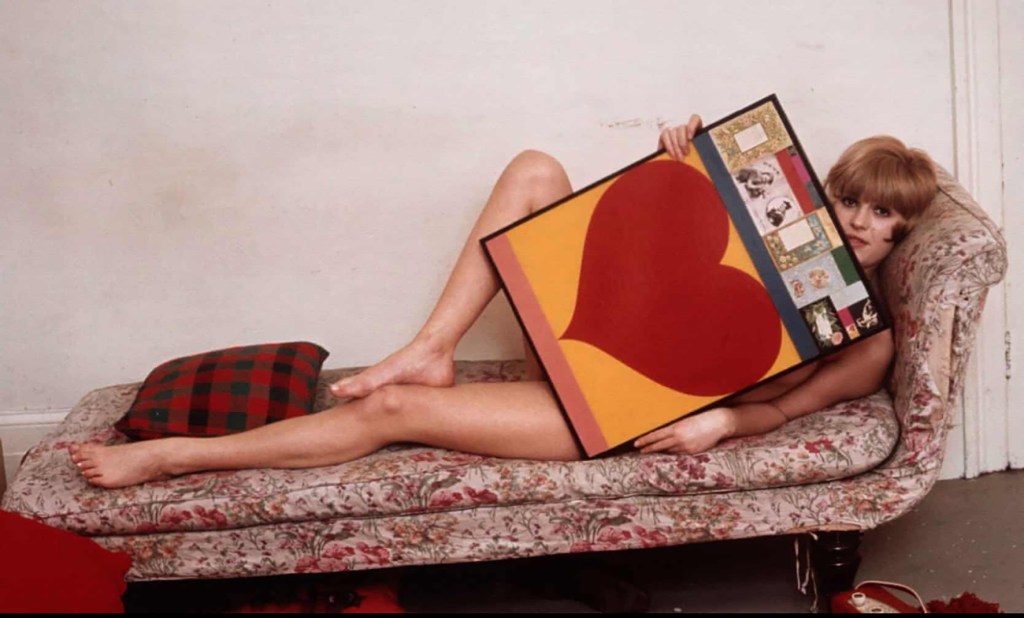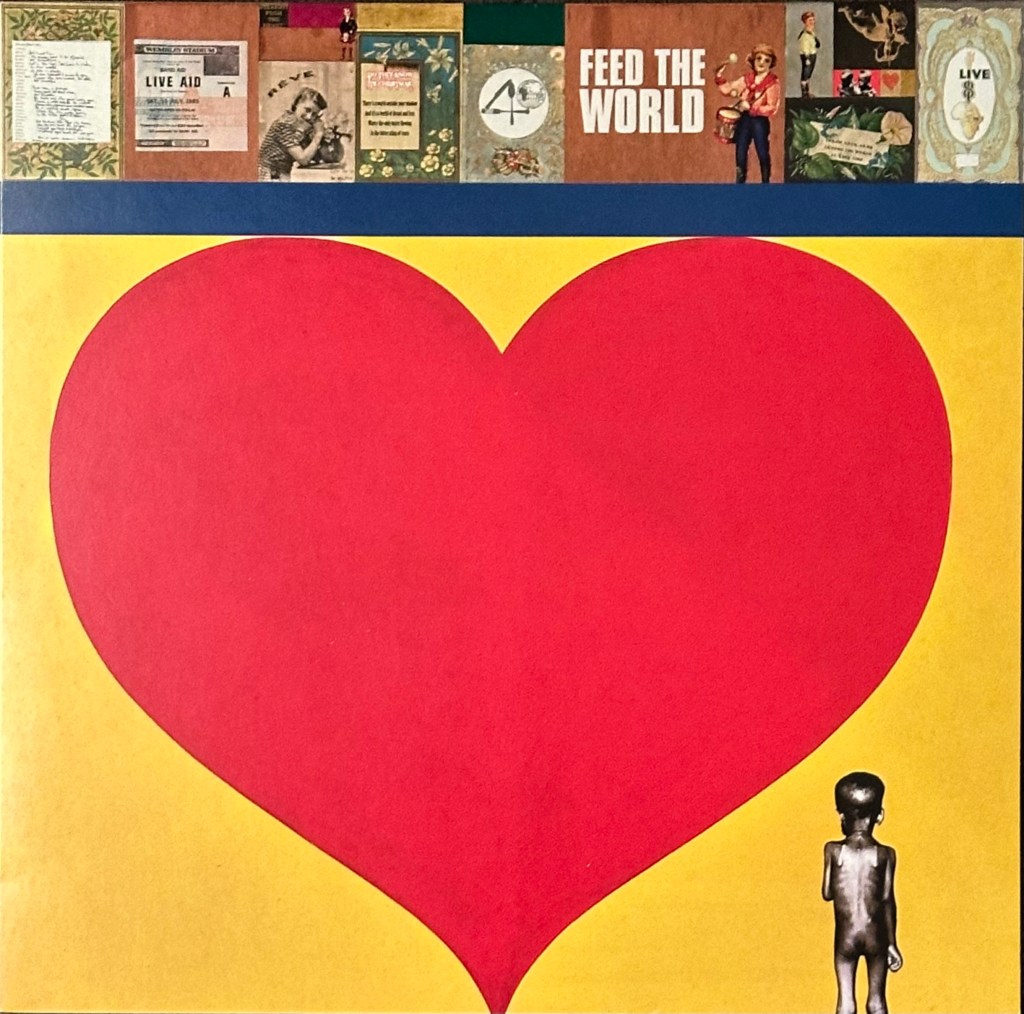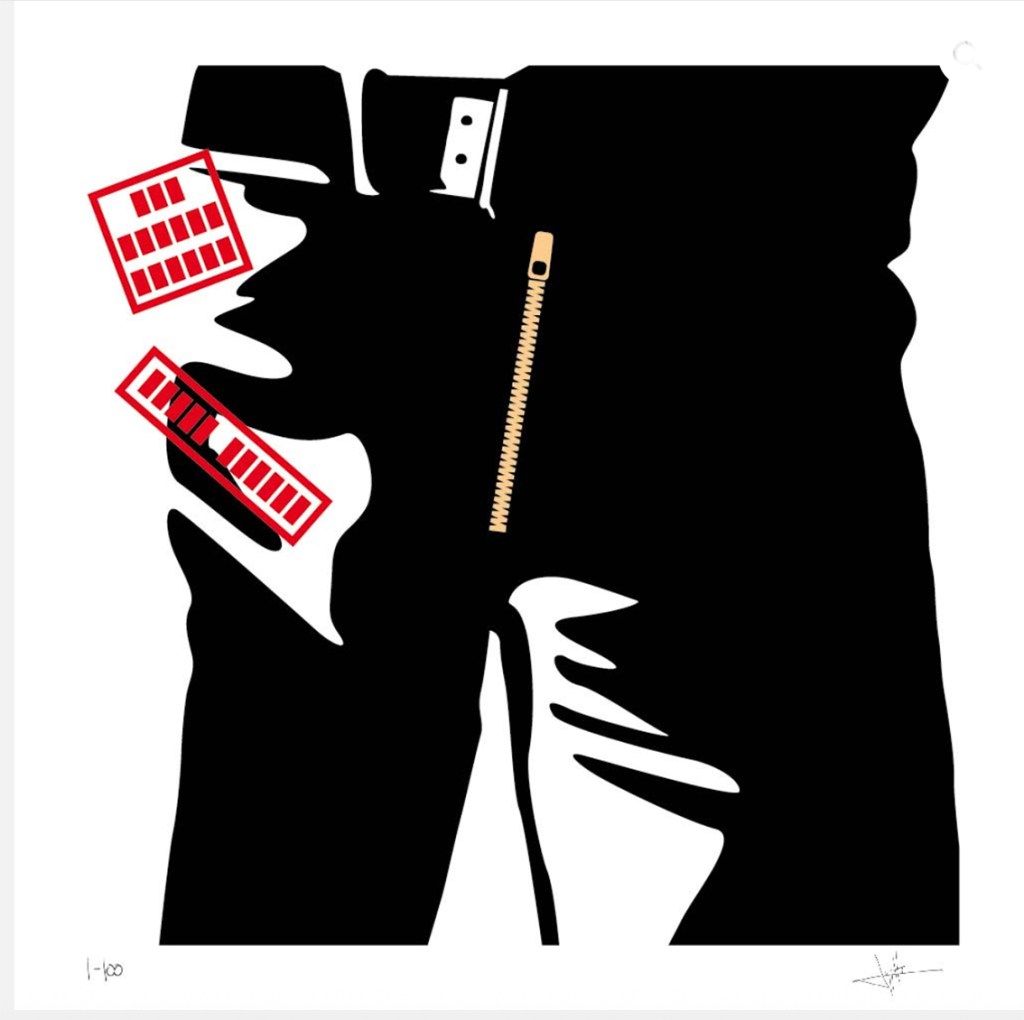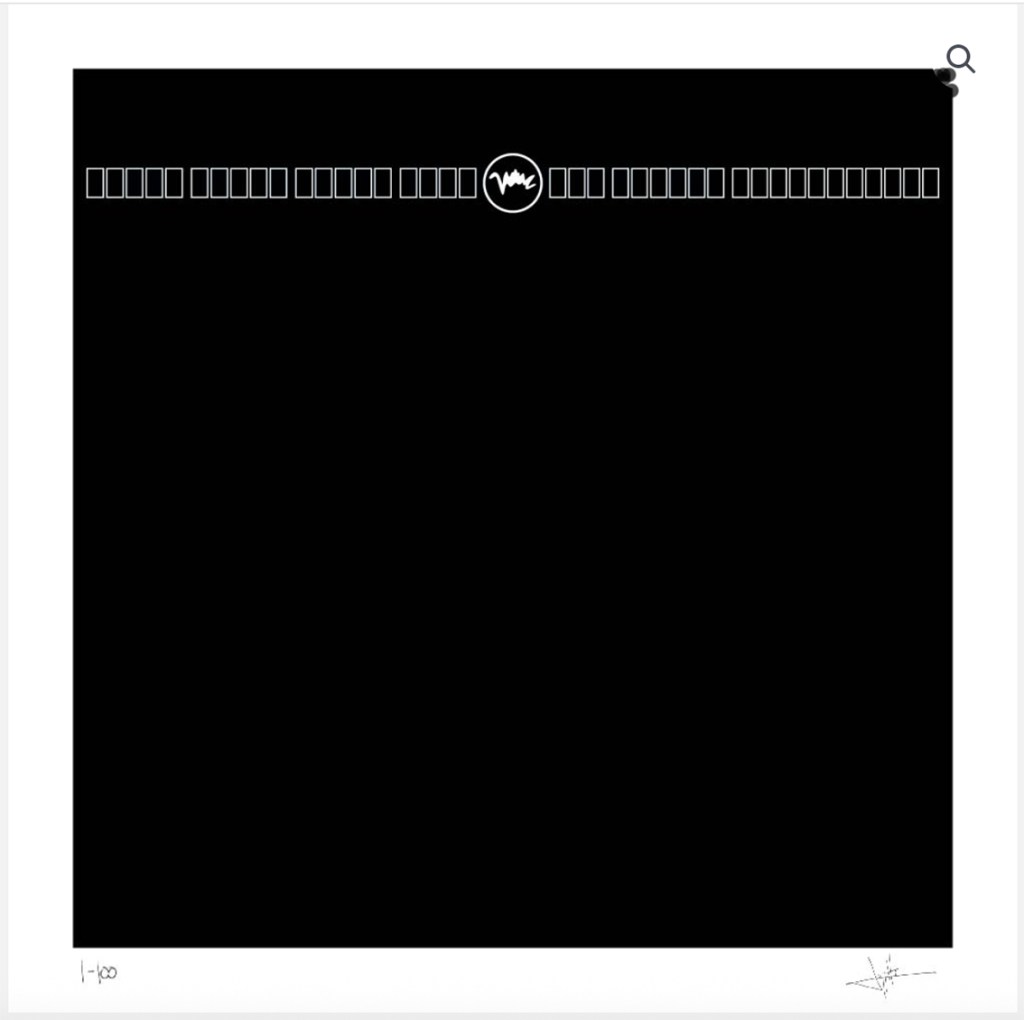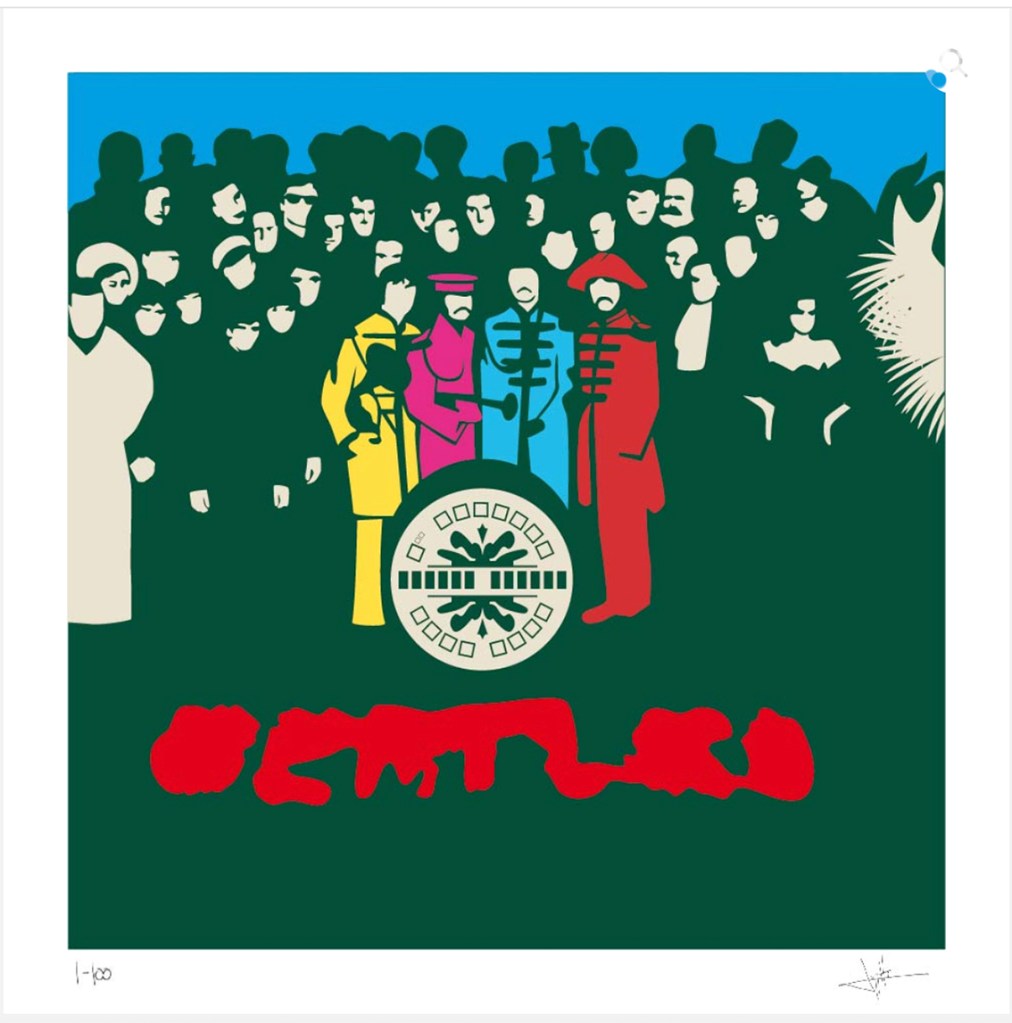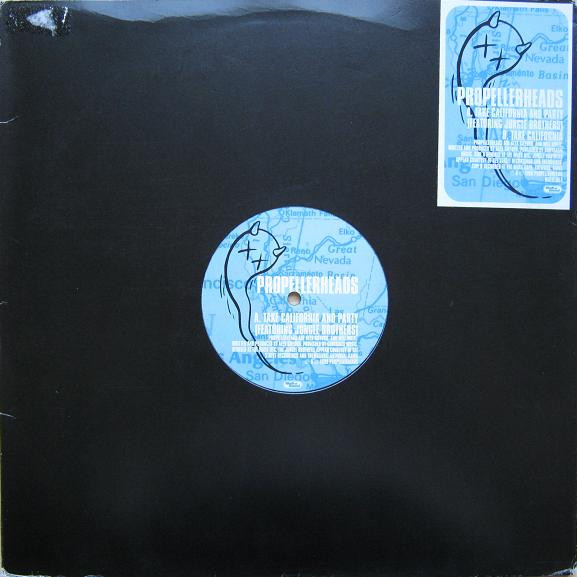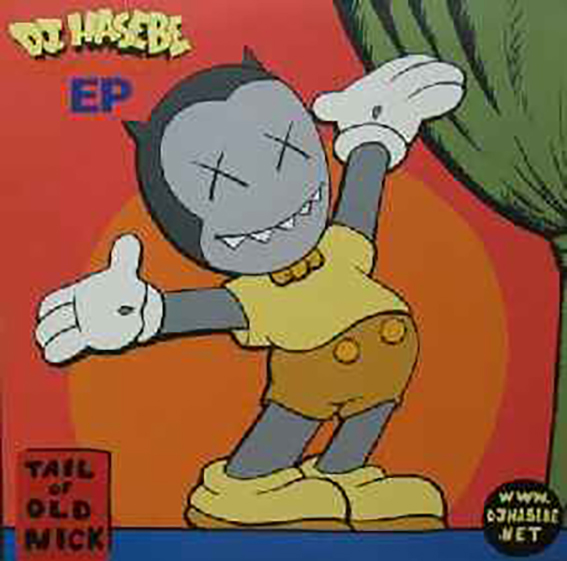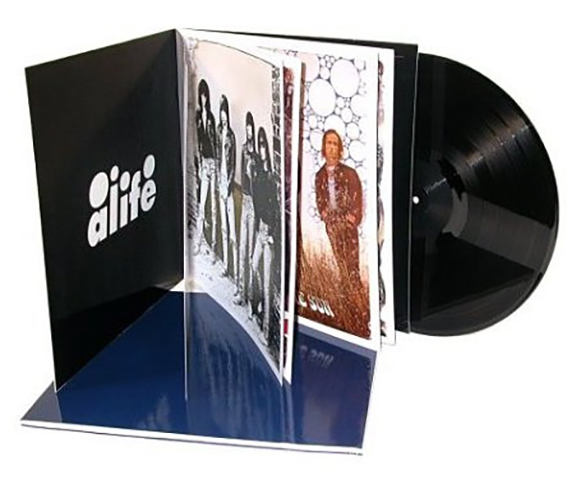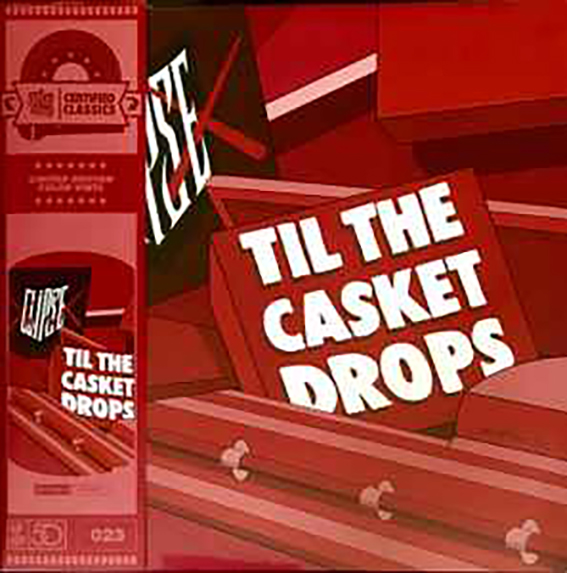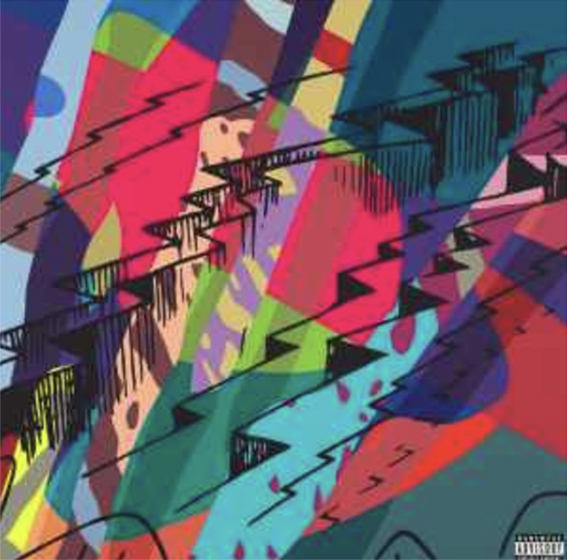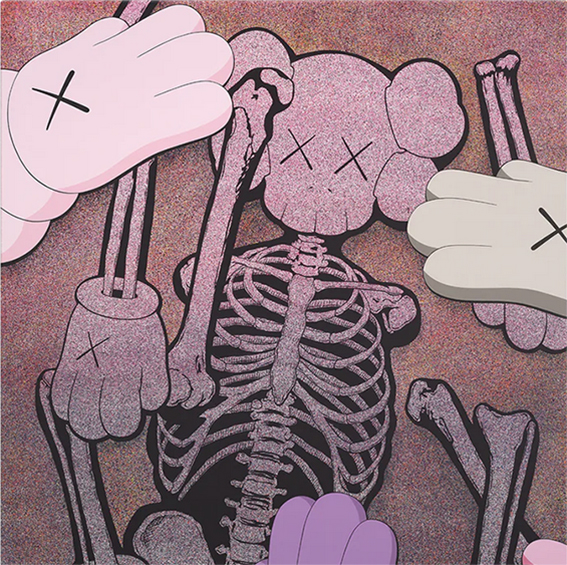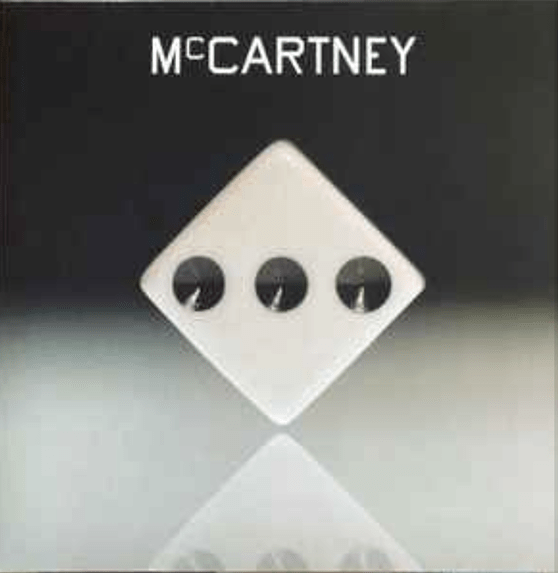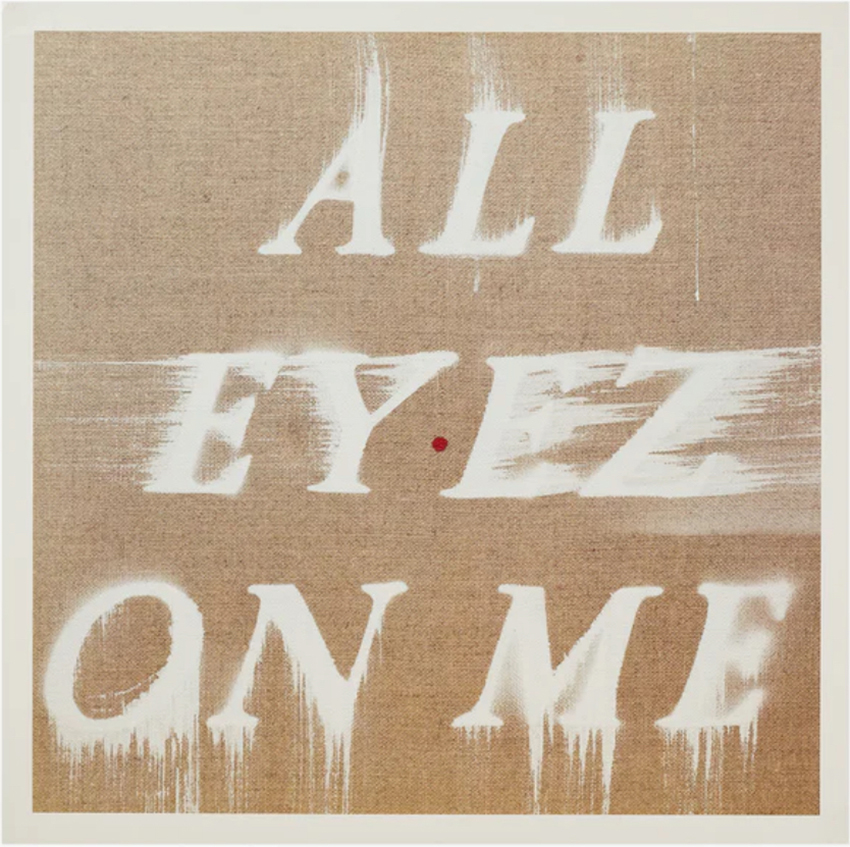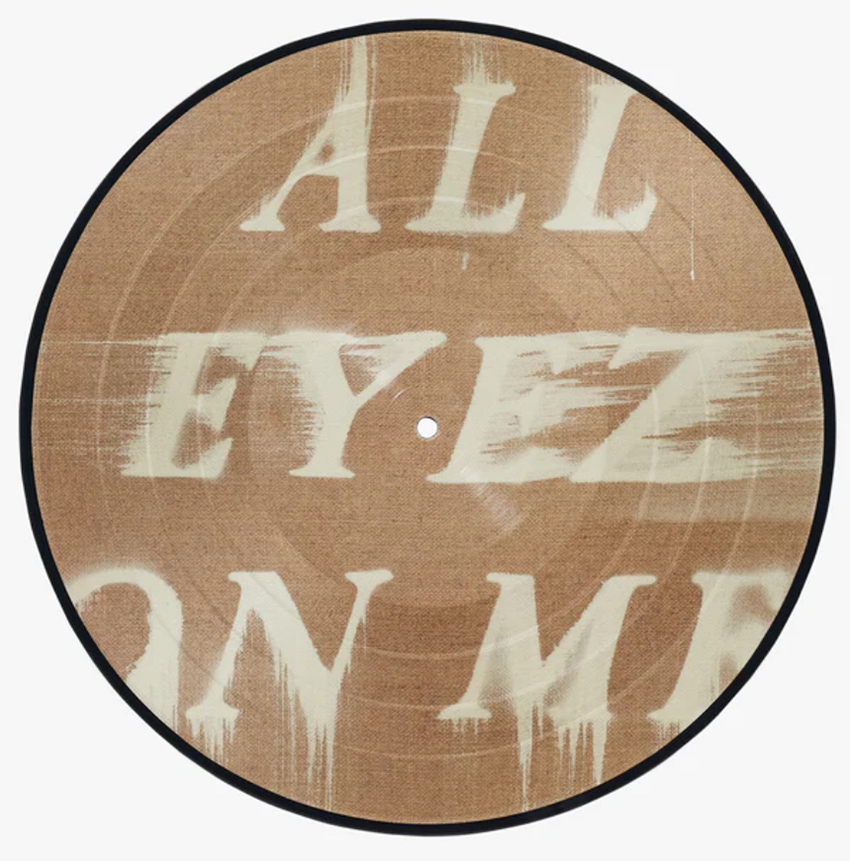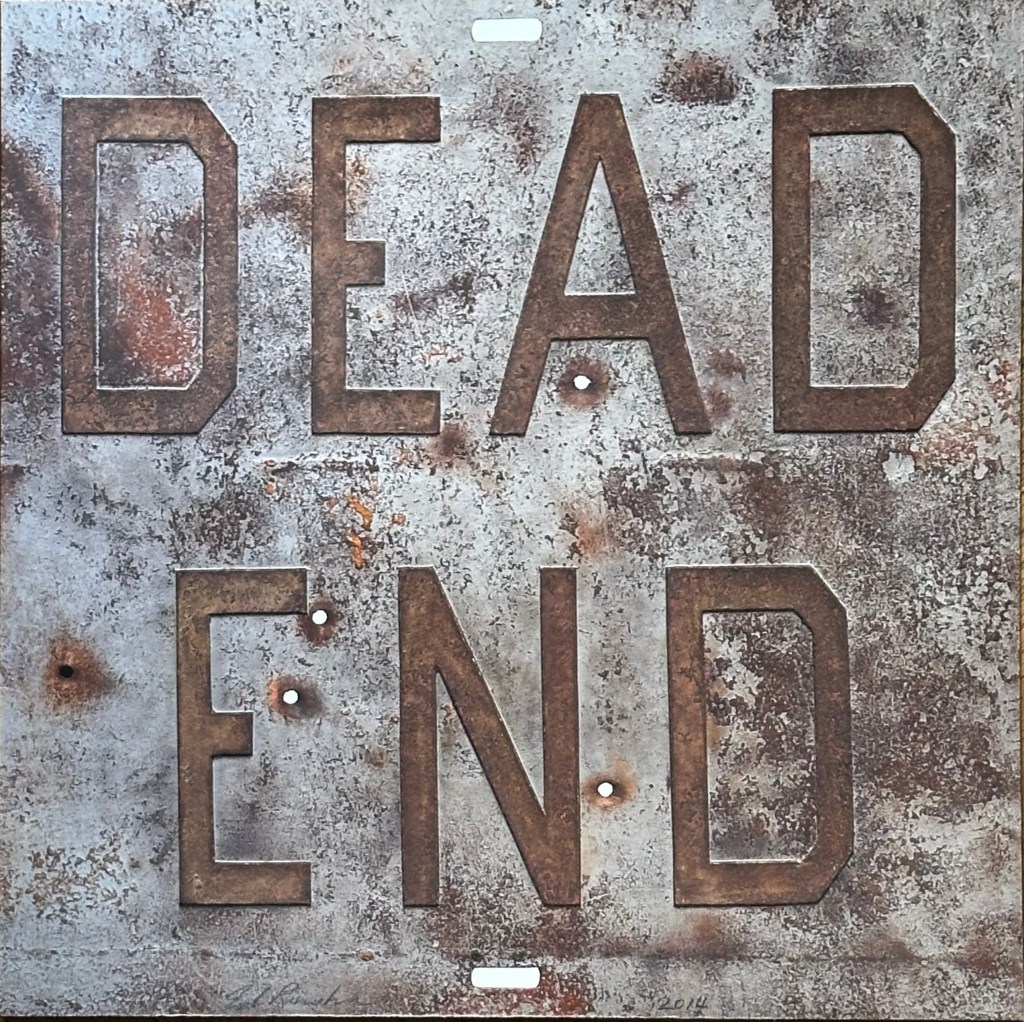I have a pretty impressive collection of record and CD covers with Pweter Blake’s art. Over the years I’ve managed to get many of them signed by Sir Peter and just before Christmas I got hold of two more CDs beautifully signed by Sir Peter. My agent popped round to Blake’s home with a few CDs and asked Chrissy if she could ask Peter to sign them. Chrissy knows that signed items can go for quite large sums but this time she took them to her husband who signed them beautifully.
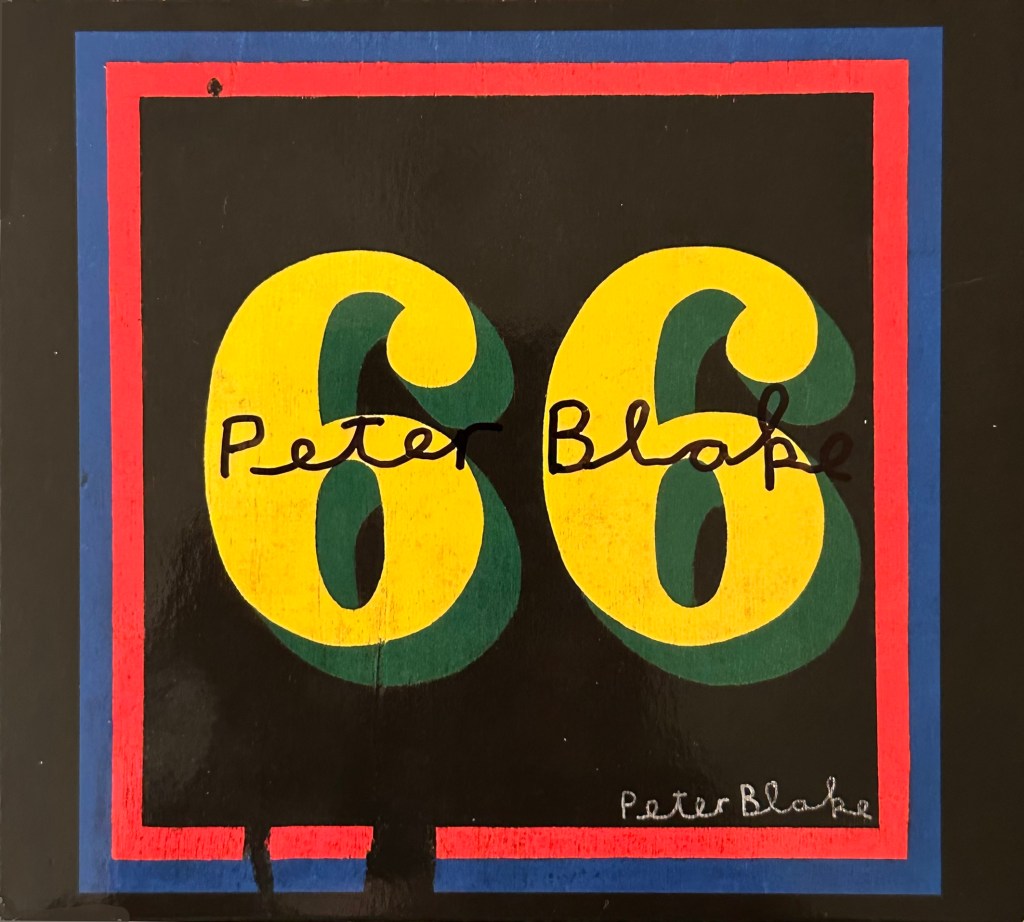
Paul Weller’s 2024 album “66”.
I really like this cover. It’s traditional signwriting and I like to dabble in signwriting myself as I’ve had a longterm love of typography. Peter Blake studied tyypogrpahy at Gravesend College and many of his album covers show his expertise with various forms of type. The inspiration for Paul Weller’s cover came from the fact that Weller’s 66th birthday was the day after this album was released and Weller wanted the album called “66“. Blake delved into his collection of old signs and found a butcher’s sign advertising something for 6d (six old pence) and copied the typeface.
Blake has published several series of prints of various alphabets and even published boooks of them. Other typefaces that Blake has used include some victorian lettered tiles that he has used on several covers, the first being Paul Weller’s Stanley Road. There have been many since. Type sourced from old alphabets appeared on Madness’ 2012 album Oui Oui, Si Si, Ja Ja, Da Da. However, the typeface Blake obviously likes best is hhis own handwriting! It stands out on the Madness cover but appeared as early as on the Who’s Face Dances album. Other styles he has used include rubber stamped and stencilled letters.
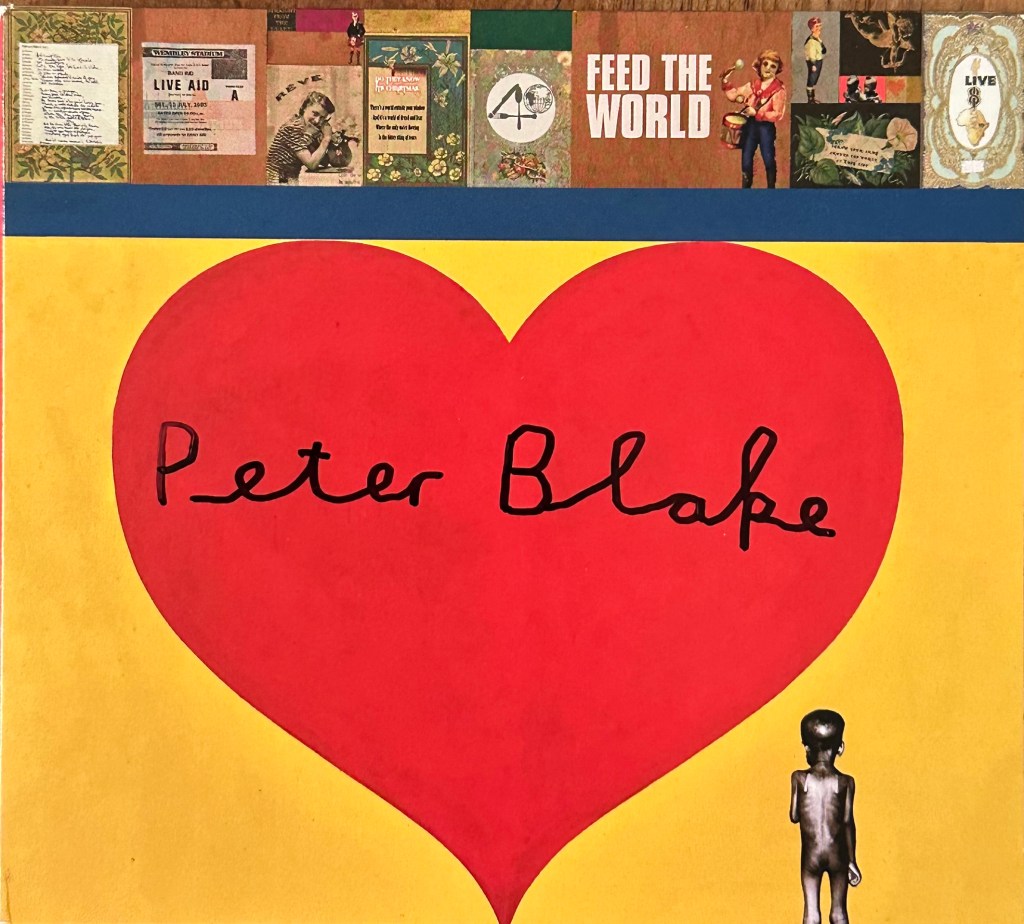
Band Aid 40’s “Do They Know It’s Christmas?” CDEP.
The Band Aid 40 cover is one of my favourites as it is a prime example of Blake’s recycling. In 2010 he made two series of prints, one said “I Love Recycling” and the other “I Love London”. When I met Him and Chrissy at the opening of the exhibition of these prints I showed my collection of Blake’s record covers at the Galllery and he gave me a set of these prints.
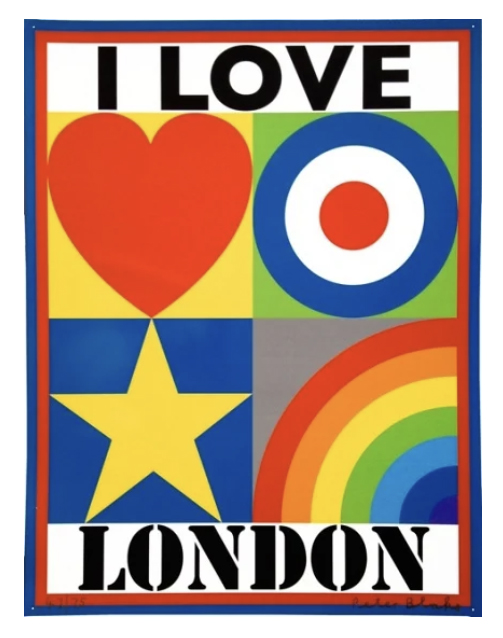
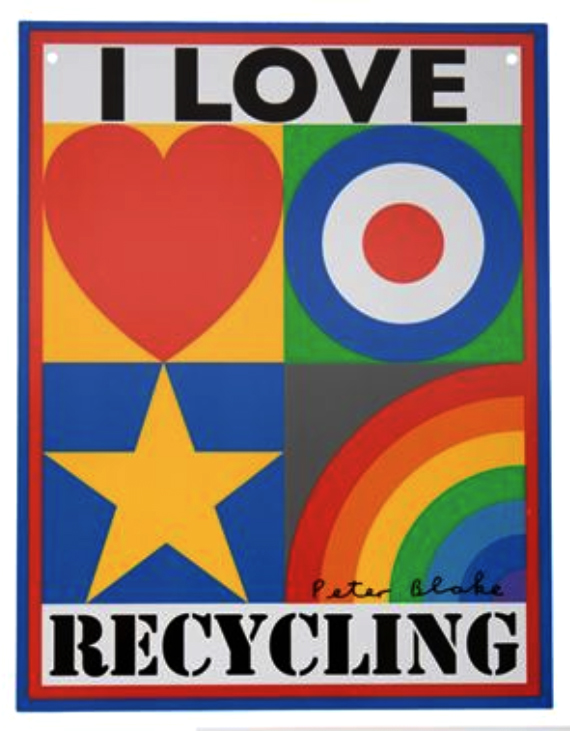
The Band Aid 40 cover is a recycled Blake design from 1959-60. Originally a painting called Valentine (for Pauline Boty) that he gave to his lover Pauline Boty.
These two CDs covers have what I consider the best examples of Peter Blake’s autograph. I haven’t seen better placed signatures before–and I have many examples in my collection, He usually signs LP covers with smaller signatures, sometimes almost invisible, like on this 1983 album cover.
Perhaps the rarest cover with Peter Blake’s art is the 1990 promotional EP I’m Frank by the Manchester band the Fall that was only released in America. How the Fall (or their American record label, Fontana) came to use Blake’s 1981 Nadia painting is a mystery.
And if there is one cover in my Peter Blake that is really special, it has to be my copy of the Beatles’ Sgt. Pepper’s Lonely Hearts Club Band, signed by both designers Jann Haworth and Peter Blake.
I’ll tell more stories about Peter Blakes record and CD cover art in a book that I hope will see the light of day sometime soon.

